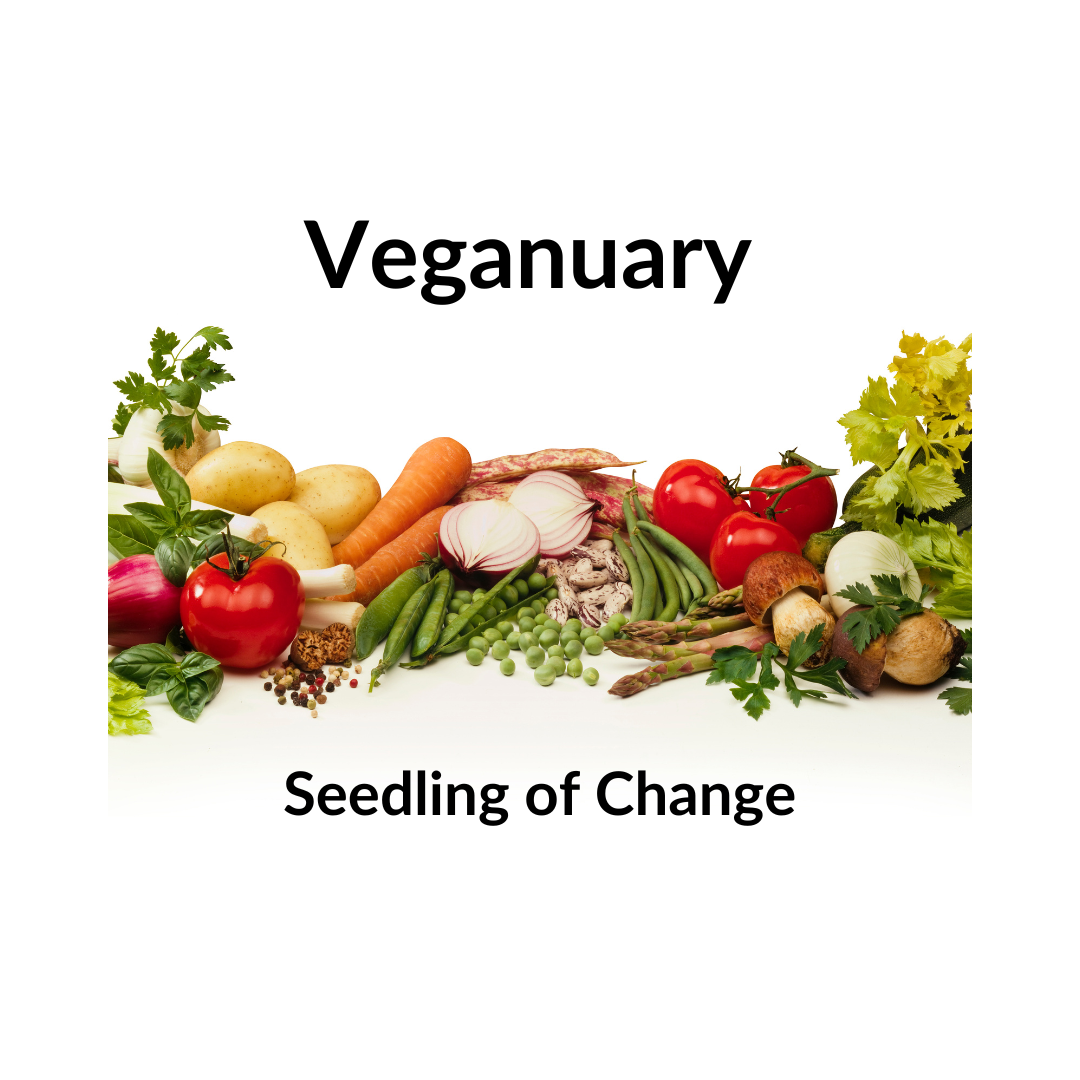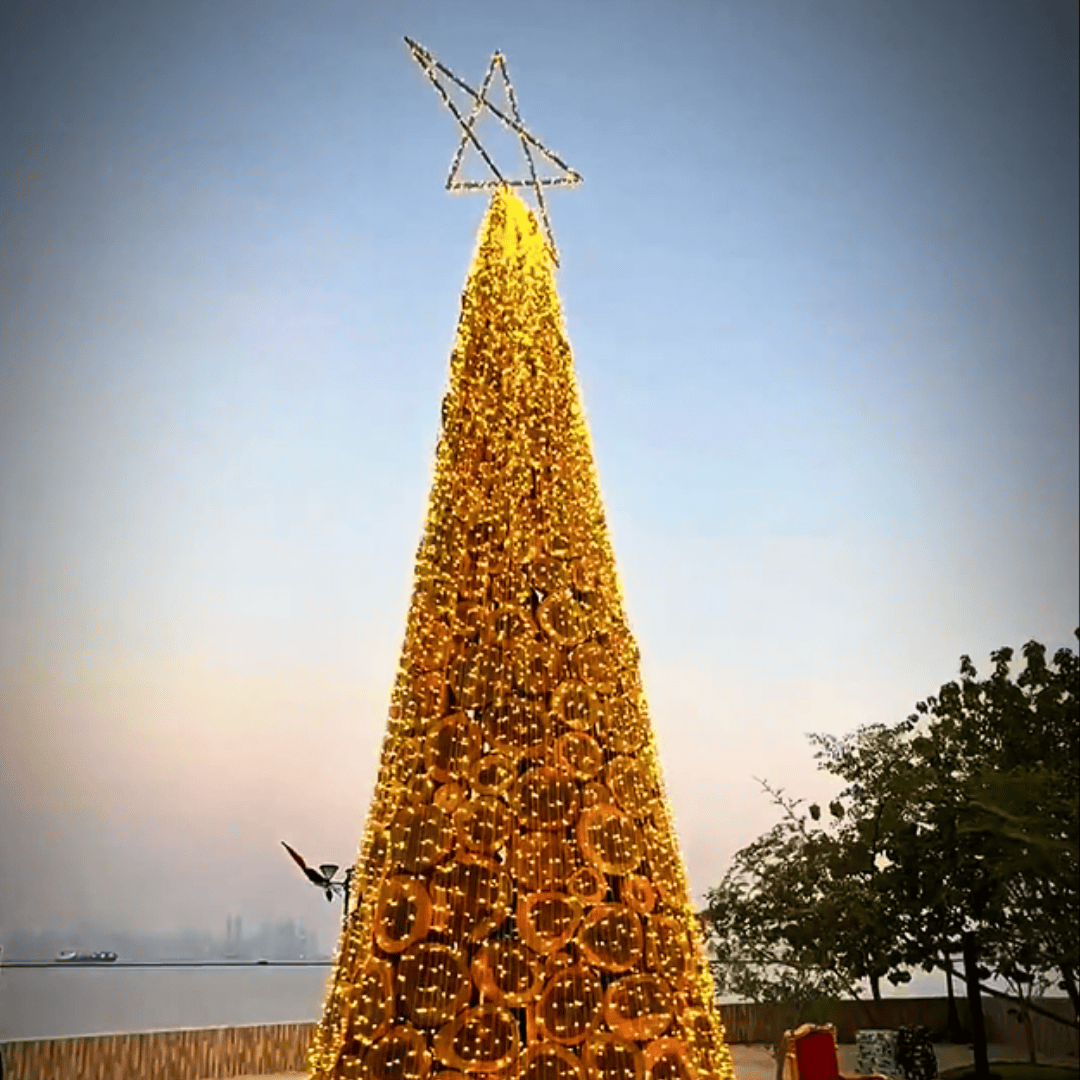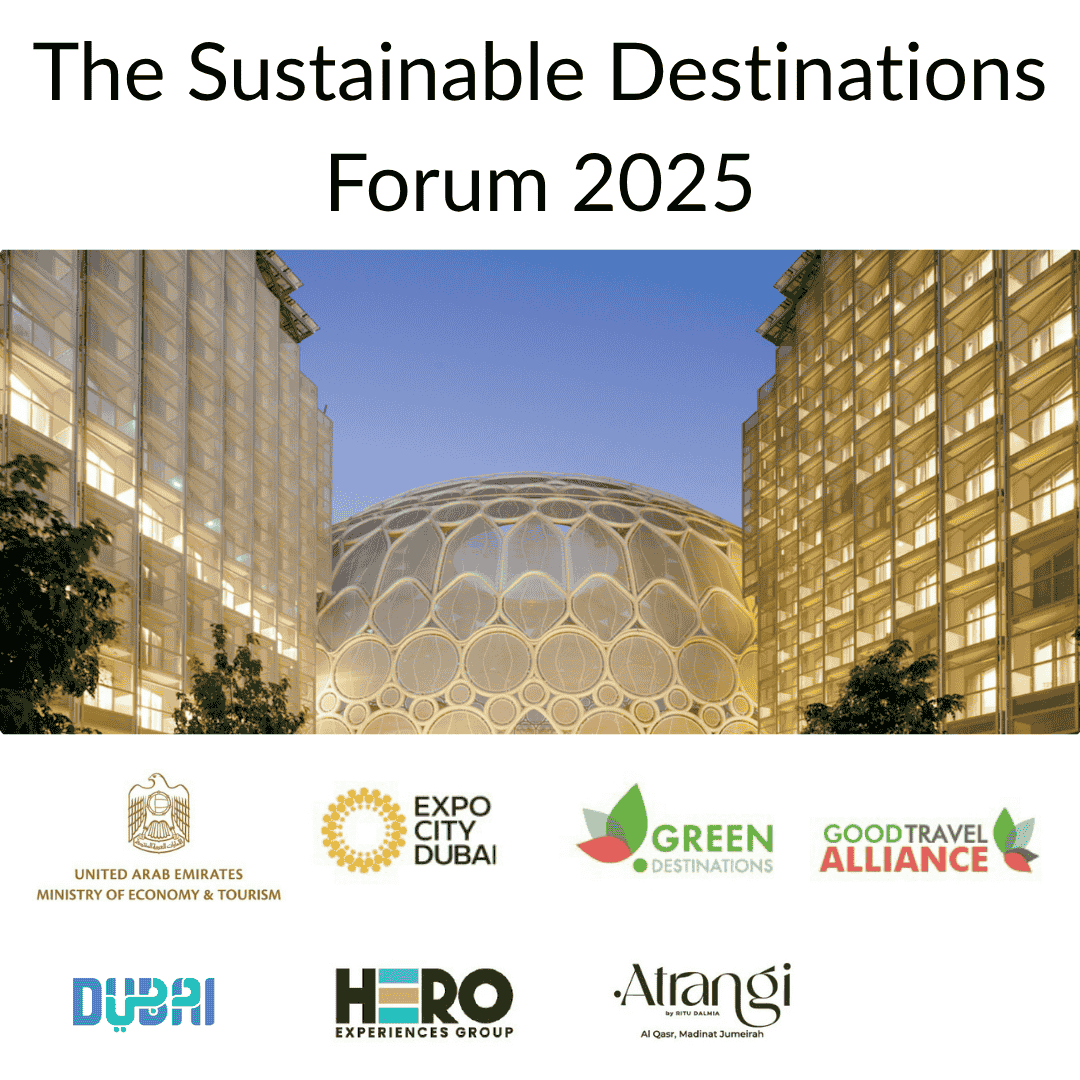Series Part 2: Net-Zero in the Middle East and the Hospitality Industry with a focus on the Kingdom of Saudi Arabia (KSA)
Don’t miss our Series Introduction or Part 1 focusing on the United Arab Emirates, highlighting the UAE’s initiatives.
Part 2 in our series on Net-Zero and what it means for the Hospitality Industry in the Middle East, we look at the Kingdom of Saudi Arabia.
The Kingdom is in a phase of rapid change, physically and culturally. The plans to open the nation up to international tourism has meant that the government has made preparations for massive development for several years.
The Kingdom of Saudi Arabia (KSA)
The Kingdom of Saudi Arabia is looking to become the next sustainable tourism destination with ambitious projects that combine luxury hospitality, environmental conservation, and revitalisation efforts, targeting 100 million visitors per year by 2030 by investing in several tourism giga-projects.
The Ministry of Tourism aims to secure foreign investment of USD $133 billion in tourism by 2030. This goal is just one component of the country’s Vision 2030.
“Vision 2030” A Sustainable Vision
As part of Vision 2030, the Kingdom capitalises on the nation’s strengths and uses its investment powers to create a more sustainable economy. With a focus on regenerative tourism, renewable energy, environment protection and liveable green cities.
1. Regenerative Tourism:
Regenerative tourism is the idea that we leave a place or destination better than when we found it.
The Red Sea Project, a regenerative tourism destination along Saudi Arabia’s west coast, is one of several giga-projects set to be one of the world’s most ambitious tourism and hospitality developments. Comprised of an archipelago of 90 islands, mountains, sand-dunes and dormant volcanoes spanning an area the size of Belgium, The Red Sea Development Company is building 50 luxury hotels, an international airport, and a range of leisure facilities. The project is ambitious, reaching new “regenerative sustainability” standards, which is all about enhancing the environment and leaving it better than you found it. The project aims to achieve a 30% net positive conservation impact by 2040 through measurable improvements in biodiversity. The project includes the country’s largest no-take marine protected area, covering 5,373 sq km. The goal is a 30% increase in fish biomass, mangroves, seagrasses, native land vegetation, and coral reefs, respectively. Powered 100% by renewables and less than 1% of the 28000 km2 being developed, these efforts will preserve and enhance the Kingdom’s pristine Red Seacoast. CEO John Pagano has said, “The aim is to become a global reference for eco-tourism, development, conservation, and, more importantly, regenerative sustainability.”
Additional projects under development include; AMAALA on Saudi Arabia’s north-western coast, AlUla, The Green Riyadh Project, King Salman Energy Park (Spark), King Salman Park, Neom, Sakaka Solar Power Plant and a Water Desalination Plant using Solar Power.
2. Renewable Energy:
A mix of renewable energy projects is in advanced stages and will generate more than 4500 megawatts, powering over 650,000 homes across the Kingdom and includes:
- Circular Carbon Economy (CCE): Reducing emissions by expanding Carbon Capture. A closed-loop system, CCE is based on reducing, reusing, recycling, and removing carbon that addresses climate change while advancing sustainable development and promoting economic diversification.
- Wind & Solar: In order to diversify energy resources and optimise the energy mix, there has been the implementation of wind and solar. The contribution of renewable energy to the overall energy mix will reach up to 50% by 2030. The Kingdom’s first solar PV plant in Sakaka generates 300 megawatts of electricity and offsets greenhouse gas emissions equivalent to removing 120,000 cars from the road annually. Dumat wind farm is the first and largest in the region and will generate 400 megawatts, enough to power over 75,000 homes.
3. Environment, Preservation and Protection:
The Kingdom focuses on protecting the natural environment, taking a holistic view of ecosystems, fostering sustainable agriculture practices, maintaining water balance, and supporting the restoration of biodiversity. It has developed programs that assist in the prevention of soil erosion and tackle desertification by protecting native flora, which includes [3]:
- The creation of 15 sanctuaries to protect critically endangered species and promote biodiversity.
- Protection of marine biodiversity and reef.
- Creating a biodiversity hotspot – Farsan islands were registered in a world network of biosphere reserves as part of UNESCO’s man and the biosphere project (MCB) vision of preserving biodiversity.
4. Liveable Green Cities:
Increased green spaces and sustainable urban greening is transforming where and the way people live. Liveable green cities projects include.
- The Development of NEOM – NEOM’S “The Line” is a never-before-seen approach to urbanisation – a 170km-long linear urban development of multiple, hyper-connected communities, with walkable neighbourhoods integrated with public parks and the natural landscape. Powered by 100% renewable energy and where business regulations ensure sustainable and sustainable development practises.
- The Greening of Riyadh Project is transforming urban landscapes by planting 7.5 million trees.Expanding urban greening (using recycled water and carefully selected tree species) aims to improve the quality of life and promote healthy lifestyles.
- The Saudi Green Initiative (SGI) represents an ambitious roadmap for greening the nation. The SGI will see the rehabilitation of 40 million hectares of degraded land and increase the percentage of protected areas across the Kingdom to more than 30% of the total land area, equivalent to 645,000 km2, making it the size of a large country.
- Middle East Green Initiative (MGI) sees the first of its kind regional alliance on climate change, providing an arena for knowledge transfer that’s needed to solve challenges and offers a stage to foster climate diplomacy. International co-operation platforms Include early warning systems for dust and storms, reducing health effects of dust waves, sustainable development of fisheries, for food security, establishing a regional project for cloud seeding, raising the region’s level of precipitation by 20%, along with funding regional and international programs for clean fuel solutions, food technology, circular carbon economy technologies along with environmental and vegetation regeneration.
These are just some of the developments the Kingdom is undertaking in order to tackle climate change and increase tourism numbers.
See the full series by clicking below:
- Series Introduction
- Part 1, The United Arab Emirates
- Part 2, The Kingdom of Saudi Arabia
- Part 3, The Sultanate of Oman
- Part 4, The State of Qatar,
- Part 5, Becoming a Sustainable Hotel & Summary
Written by: Tiffany McGrath







